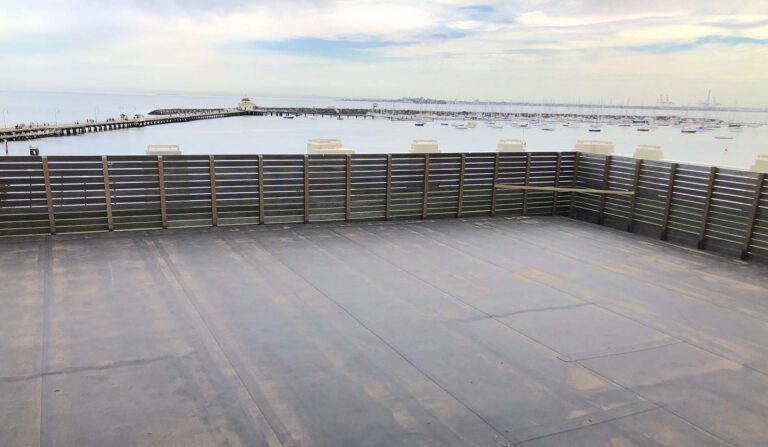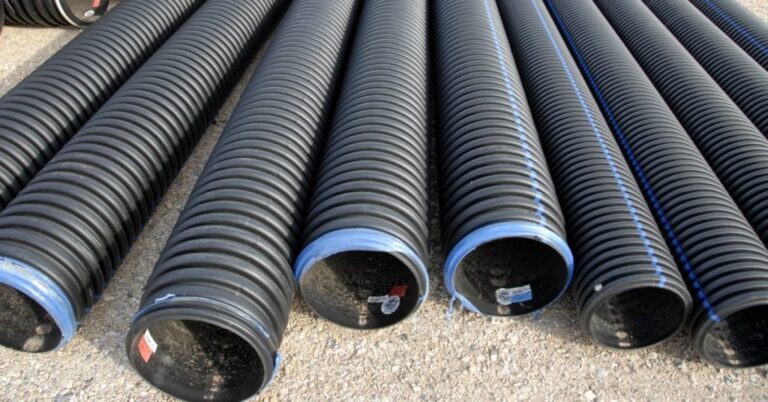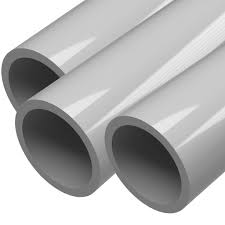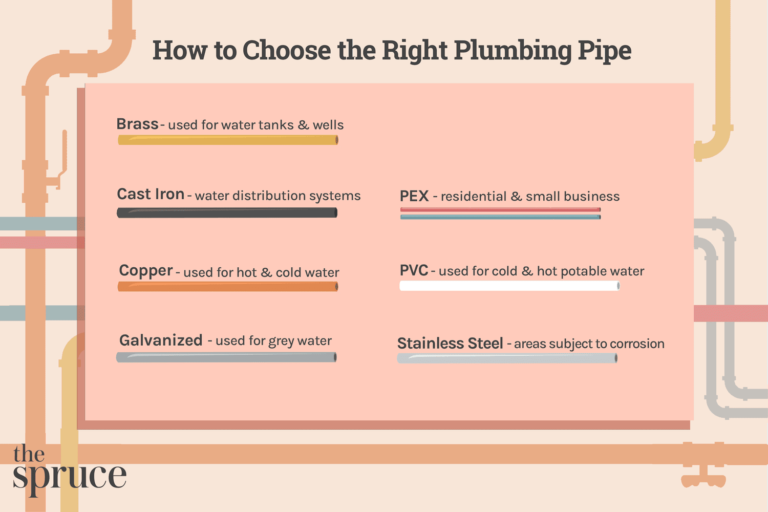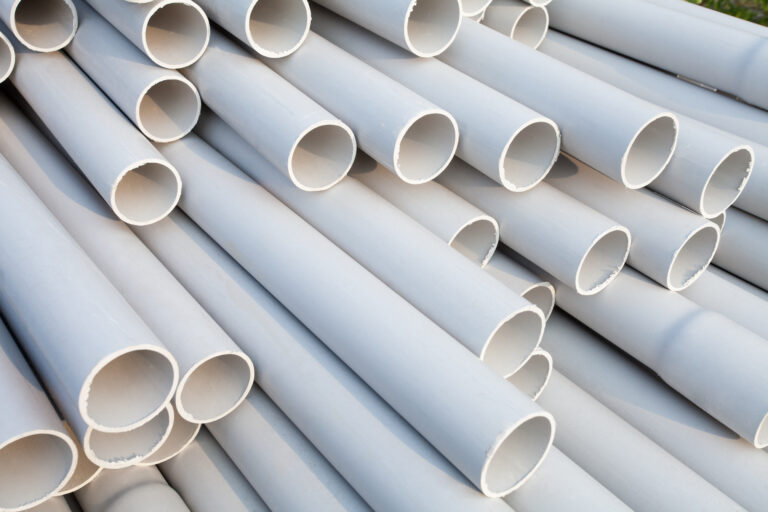What Are Plumbing Pipes Called?
Plumbing pipes are a critical component of any plumbing system, and they serve a variety of purposes. Plumbing pipes can be made from a variety of different materials including copper, plastic, and iron. Each type of pipe has its own advantages and disadvantages, and all types of pipes are typically referred to by their common names. Common names for plumbing pipes include copper pipes, PVC pipes, ABS pipes, and cast iron pipes. Each of these pipes has their own unique characteristics that make them suitable for different applications. Understanding the differences between these pipes can help you decide which type is best for your particular plumbing needs.
Overview of Plumbing Pipes
Plumbing pipes are essential components of a home’s plumbing system. They are responsible for the transportation of water and waste from one point to another, and they come in a range of shapes and sizes. While you may be familiar with the most common type of plumbing pipe, PVC, there are several other materials used in plumbing systems, such as copper, cast iron, PEX, and galvanized steel. Each type of pipe has its own unique advantages and disadvantages, so understanding the differences between them is important.
PVC is one of the most popular types of plumbing pipes, as it is relatively inexpensive and easy to install and maintain. It is also resistant to corrosion and is generally less prone to leaking than other materials. Copper is an excellent choice for plumbing pipes due to its durability and heat resistance. It is also more expensive than PVC, but its long lifespan makes it worth the investment. Cast iron pipes are also durable and long-lasting, but they are more prone to rusting and corrosion.
PEX is a newer type of plumbing pipe that is quickly becoming popular due to its flexibility, ease of installation, and affordability. It is also resistant to freezing and is less prone to leaking than other materials. Galvanized steel is an affordable and durable material for plumbing pipes, but it is prone to corrosion and rusting over time.
Understanding the different types of plumbing pipes and their advantages and disadvantages is essential for any homeowner. Whether you are looking to install a new plumbing system or upgrade an existing one, taking the time to research the different types of pipes available is essential for ensuring you get the best and most cost-effective solution for your needs.
Different Types of Plumbing Pipes
Plumbing pipes are the backbone of any plumbing system, designed to transport water to and from different fixtures throughout a home. The type of pipes used for a particular project depends on the function, the material, and the specific requirements. There are a variety of plumbing pipes available, each with its own unique characteristics and purpose. Common types of pipes used in plumbing systems include copper, PVC, ABS, and PEX.
Copper pipes are the most popular choice for both residential and commercial applications. They are durable and corrosion-resistant, making them perfect for both hot and cold water systems. They can also be used for gas lines, as the material is non-combustible. PVC pipes are a popular choice for drain lines due to their ease of installation and resistance to corrosion. They are also lightweight and cost-effective. ABS pipes are typically used for vent and waste lines, as they are resistant to many chemicals and are very durable. Finally, PEX pipes are a flexible material that is easy to install and very energy-efficient.
No matter the type of pipe used in a plumbing system, it is important to follow building codes and regulations in order to ensure that the system is safe and functioning properly. Professional plumbers should be consulted for any plumbing project to ensure that the pipes are installed correctly.
Benefits of Using Plumbing Pipes
Plumbing pipes are essential components of any home or commercial building’s plumbing system. They are used for a variety of purposes, from carrying water to disposing of waste. The type of pipe used depends on the type of plumbing job that needs to be done. Plumbing pipes come in a variety of materials and sizes, and each has its own set of benefits.
Metal pipes are often used in commercial and residential buildings due to their durability and resistance to corrosion. Copper pipes are the most popular type of metal pipe and are known for their high heat transfer rate. Steel pipes are also commonly used in plumbing systems, as they are strong and reliable.
Plastic pipes are a cost-effective option for plumbing systems. They are lightweight, easy to install, and can last for many years. PVC pipes are most commonly used in residential plumbing systems, as they are resistant to corrosion and are easy to work with. PEX pipes are also popular in residential plumbing systems, as they are flexible and easy to install.
Fiberglass pipes are a great choice for plumbing systems, as they are durable and resistant to corrosion. They are also non-toxic and safe to use in homes and commercial buildings.
No matter what type of plumbing pipe is used, they all provide several benefits. They are durable, easy to install, and have a long lifespan. They also provide a safe and efficient way to carry water or dispose of waste. Plumbing pipes can make a huge difference in the performance and safety of a home or business’s plumbing system.
Considerations for Choosing Plumbing Pipes
When it comes to plumbing, pipe selection is an important decision. Different types of pipes have different advantages and disadvantages, and selecting the right one for a given application is essential for ensuring a successful installation. Plumbing pipes come in a variety of materials, sizes, and shapes, and understanding the different types is crucial for making the right decision for your project.
The most common materials used for plumbing pipes include copper, PVC, and PEX. Copper pipes are among the most durable and reliable materials available, but installation can be difficult and expensive. PVC is a cheaper and easier-to-work-with option, but it is not as strong as copper. PEX is a newer, more flexible material that is easy to install, but it is not as long-lasting as copper.
When choosing plumbing pipes for a project, it is important to consider the environment in which the pipes will be installed. For example, copper pipes are at risk for corrosion in certain environments, so PVC or PEX may be a better choice. The use of the pipes should also be taken into account. For example, pipes used for drinking water should be approved for potable water use.
Ultimately, selecting the right plumbing pipe for your project is essential for ensuring a successful installation. Different types of pipes offer different advantages and disadvantages, so it is important to evaluate each material to determine the best option for your application.
Common Uses of Plumbing Pipes
Plumbing pipes are a critical component of any plumbing system. They are used to transport water, gas, and other fluids from one point to another. Different types of pipes are available to meet the various needs of plumbing systems. Knowing the different types of plumbing pipes and their uses is essential for any homeowner or plumbing contractor.
The most common types of pipes used in plumbing systems are copper, PVC, ABS, and PEX. Copper pipes are the most durable and are typically used in new construction. PVC pipes are lightweight and easy to work with, making them a popular choice for remodels and repairs. ABS pipes are stronger than PVC and are typically used for drain lines. PEX pipes are gaining popularity for their flexibility and ability to be used in long-distance runs.
Each type of pipe has its own benefits and drawbacks and should be chosen based on the needs of the plumbing system. When selecting the right pipe for a project, it’s important to consider the type of material, the size of the pipe, and the temperature and pressure of the system. Knowing the different types of plumbing pipes and their uses can help ensure the success of any plumbing project.

Maintenance Tips for Plumbing Pipes
Plumbing pipes are essential components of any building’s infrastructure, but like any other system, they require regular maintenance. To ensure proper working order of these pipes, it is important to understand what they are called and the maintenance tips that will help you keep them working efficiently. Plumbing pipes come in a variety of materials, each with unique characteristics that require different methods of care and maintenance. Common materials used in plumbing pipes include copper, cast iron, PVC, and polyvinyl chloride (PVC). Copper pipes are the most common and offer the highest temperature and pressure ratings, but they are also the most expensive option. Cast iron pipes are durable and resistant to corrosion, but they are heavy and tend to be noisy. PVC pipes are lightweight and easy to install, but they are not suitable for hot water or outdoor use. Polyvinyl chloride (PVC) pipes are the most affordable option and offer excellent resistance to corrosion, but they require special glue for installation and can be prone to cracking.
To ensure your plumbing pipes are functioning properly, it is important to perform regular maintenance. This includes regularly inspecting for leaks, cracks, and corrosion, as well as checking connections and seals. A professional plumber can also inspect for signs of wear and tear, and advise on any necessary repairs. Additionally, it is important to use the right cleaning products for each material, as using the wrong product can damage pipes and cause corrosion. Finally, ensuring your pipes are properly insulated can help prevent damage from extreme temperatures and extend their lifespan. With the right maintenance, you can ensure your plumbing pipes stay in good condition and continue to provide reliable service.
FAQs About the What Are Plumbing Pipes Called?
1. What are the most common types of plumbing pipes?
Answer: The most common types of plumbing pipes are copper, PVC, CPVC, and PEX.
2. How often should plumbing pipes be replaced?
Answer: Plumbing pipes should be inspected and replaced if necessary every 10 years to ensure that they are functioning properly and not leaking.
3. What are the advantages of using plumbing pipes?
Answer: Plumbing pipes are durable and resistant to corrosion, and can be used to transport hot and cold water, as well as natural gas and other liquids. They are also relatively inexpensive and easy to install.
Conclusion
Plumbing pipes are an essential part of any home’s plumbing system, and they come in a variety of materials such as PVC, ABS, copper, and galvanized steel. Depending on the application, different types of plumbing pipes may be better suited for certain jobs. It is important to understand the differences between the types of pipes and their uses to ensure that the plumbing system is properly installed and functioning correctly.



